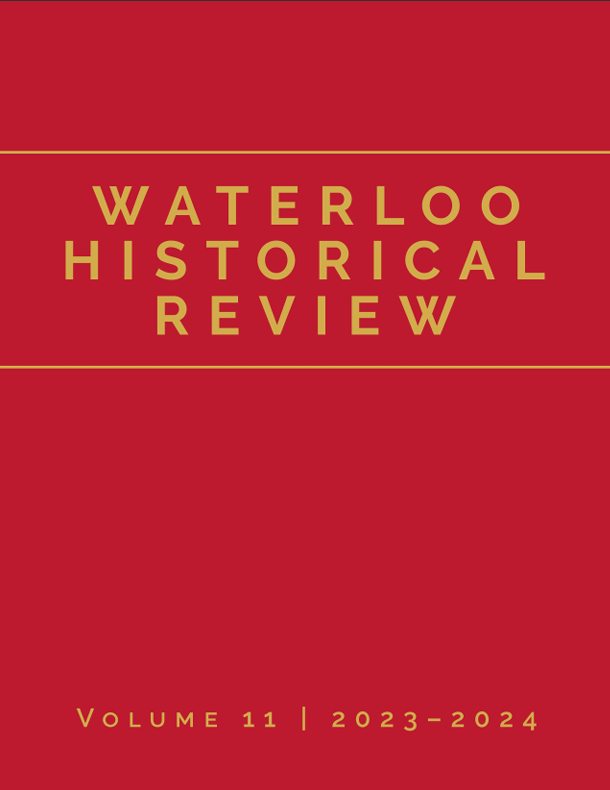Crossing the Border: Indigenous Solidarity and Sovereignty within International Repatriations
DOI:
https://doi.org/10.15353/whr.v11.6408Abstract
The relationships between museums and the Indigenous Peoples of Turtle Island have changed monumentally over the last 20 years. Repatriation has gone from a contested topic to a reality of museum–Indigenous relationships. Despite the legitimization of repatriation, there still exist numerous obstacles for Indigenous people seeking the return of their sacred and cultural objects. One unique challenge is that of international repatriation. The international borders that we take for granted today arose out of settler politics and have no basis within Indigenous history. The United States (US)–Canada border inadvertently separated and split numerous Indigenous nations, significantly contributing to cultural fracturing and weakening. Museum collections of Indigenous material culture are nationally isolated, despite containing large collections from Indigenous groups outside their borders. This necessitates an original approach to repatriation that is not covered in national policy or legislation. International repatriation requires a high level of cooperation between Indigenous groups, giving nations split by the border a chance to reconnect and form a united front in order to achieve their objectives. Although the imposition of nation–state borders created many barriers for Indigenous Peoples, cross–border repatriation offers unique opportunities to assert Indigenous solidarity, sovereignty, and healing.
Downloads
Published
Issue
Section
License
Copyright (c) 2025 Beatrice Lowson

This work is licensed under a Creative Commons Attribution 4.0 International License.

